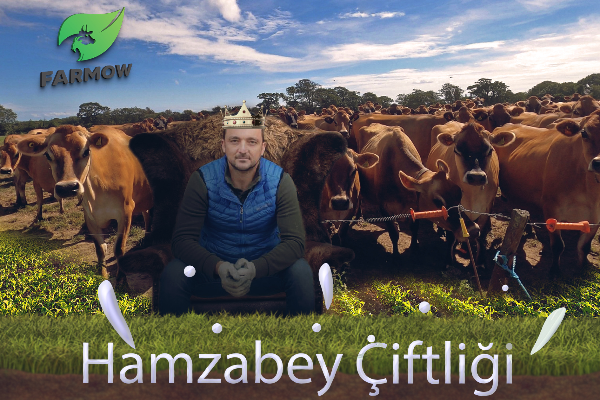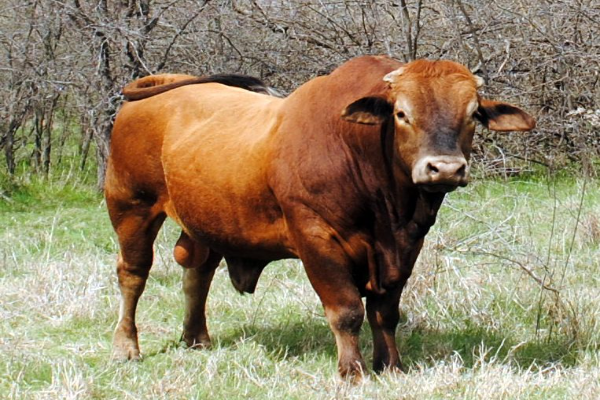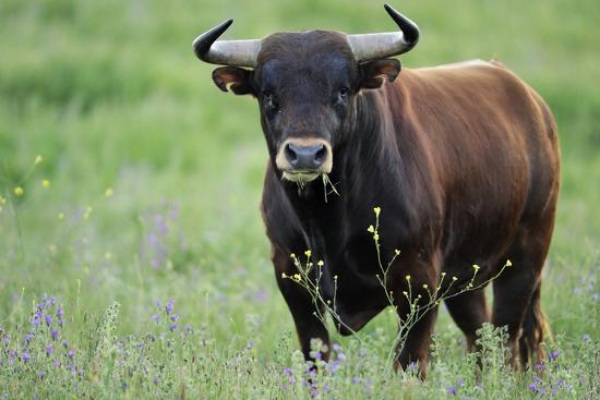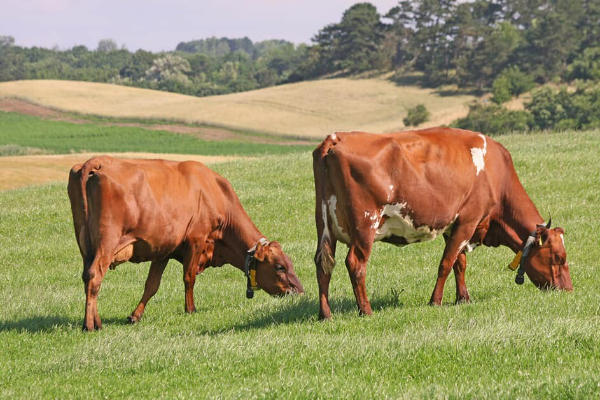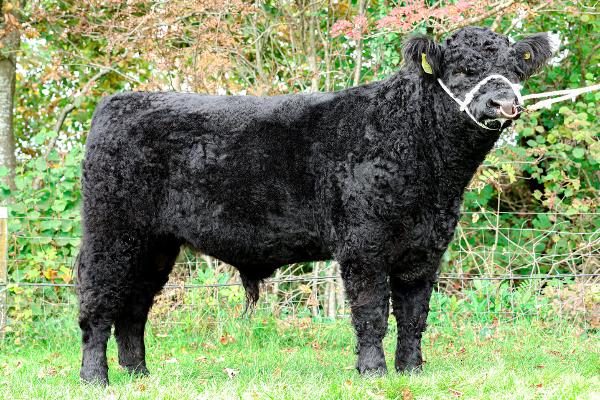Limousin Cattle
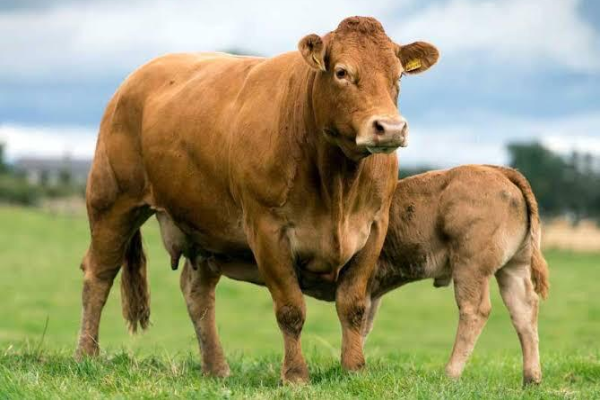
What Is the History of Limousin Cattle?
Originating between the 16,000 to 13,000 years ago, Limousin cattle may well have been around since the beginning of the European continent itself. Resembling the Limousin cattle, 20,000-year-old cave drawings of cattle were found in Montignac, France, in the Lascaux Caves.
In the southern central areas of France, Limousin, and Marche, the climate could be harsh and the terrain rugged. This made crop farming in the area near impossible. The Limousin cattle, due to such an environment, evolved to become hardy, adaptable breed. Further, due to the isolated nature of the areas and lack of natural resources surrounding it, the cattle could be developed with little outside genetic interference.

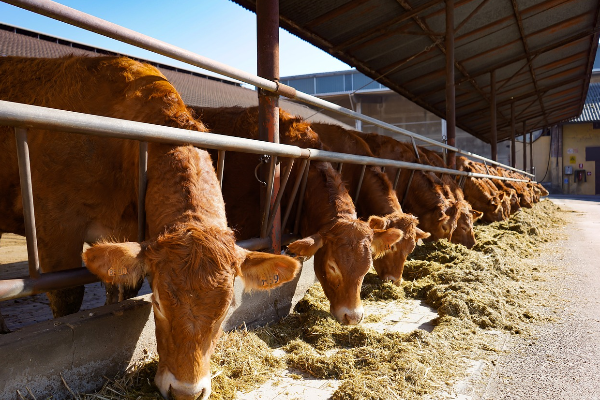
In addition to their beefing qualities, Limousin cattle earnt an excellent reputation for their sheer power. In 1698, Rene Lafarge said, “Limousin oxen were universally renown and esteemed both as beasts of burden and beef cattle." Post working life, Limousin cattle would be fattened up for slaughter.
Since then, France has developed the Limousin cattle from a working cattle breed to producing high-end beef.
Despite their impressive stature, Limousin cattle (along with all French cattle) were not allowed to be imported into the US, as France was known for the hoof-and-mouth disease. Canada, however, created a 3-step quarantine program, allowing its importation. The first bull was imported from France to Canada in 1968. Once adequately quarantined, Limousin semen could be shipped throughout the US. Later, in 1971, the first Limousin bull was finally imported into the US.
What Are the Characteristics of Limousin Cattle?
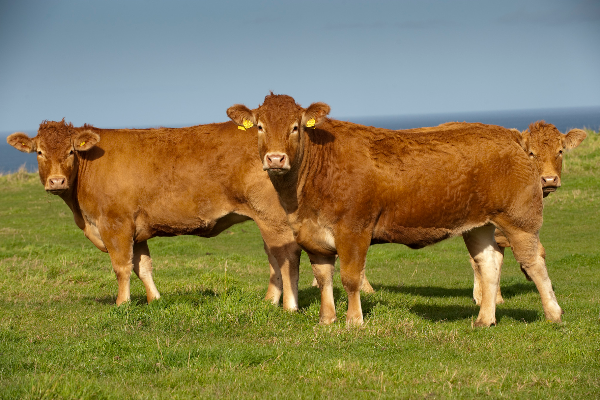
Golden-red in color, the Limousin cattle have a lighter stomach, anus, end of tail, thighs, and eye and muzzle area. However, Limousin with black genetics show variation in color. Calves of this variation start by being light fawn or brown, before maturing into a deep black.
As can be assumed from their original working nature, the Limousin cattle are large in size with a strong-boned frame. Despite their size, the Limousin cattle have short necks and small heads, with short foreheads and a board muzzle. Limousin cattle have horns that at first are horizontal, but then begin to curve upwards and forwards. They are darker at the tips with a yellow base.
Finally, Limousin bulls are known for being extremely fertile, providing excellent productivity at a low cost. They also have an excellent feed efficiency and high carcass yield, producing low-fat, tender beef.
How Much Do Limousin Cattle Weigh?
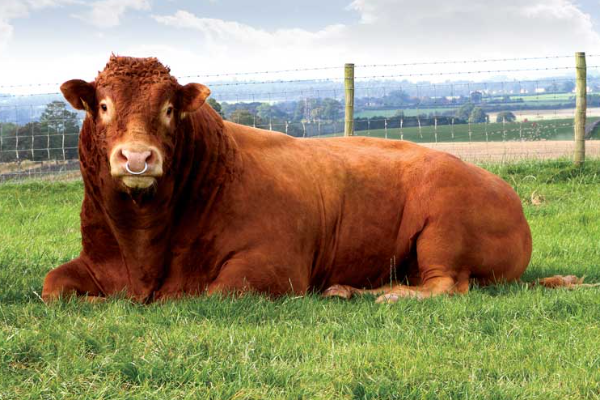
Due to their large stature, female Limousin average at around 650kg, with mature males weighing in at around 1000kg.
Find a BreederMore

Written by
Zoe BASSETT
Farmow English WriterBreedsMore
IllnessesMore
Forage cropsMore
![]() Патологическая физиология голодания Arina TARAN
Патологическая физиология голодания Arina TARAN![]() Дефицит фосфора (гипофосфатемия) Hipofosfatemi Arina TARAN
Дефицит фосфора (гипофосфатемия) Hipofosfatemi Arina TARAN![]() Какие бывают кормораздатчики для ферм КРС? Irina Makarova
Какие бывают кормораздатчики для ферм КРС? Irina Makarova![]() Кормушки для овец Diana Myakisheva
Кормушки для овец Diana Myakisheva![]() Питание домашних коз: что едят, виды корма и правила кормления Alina Arslantürk
Питание домашних коз: что едят, виды корма и правила кормления Alina Arslantürk![]() Важность минералов питании сельскохозяйственных животных Irina Makarova
Важность минералов питании сельскохозяйственных животных Irina Makarova

